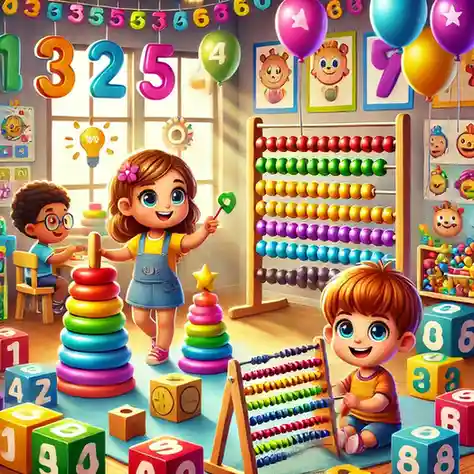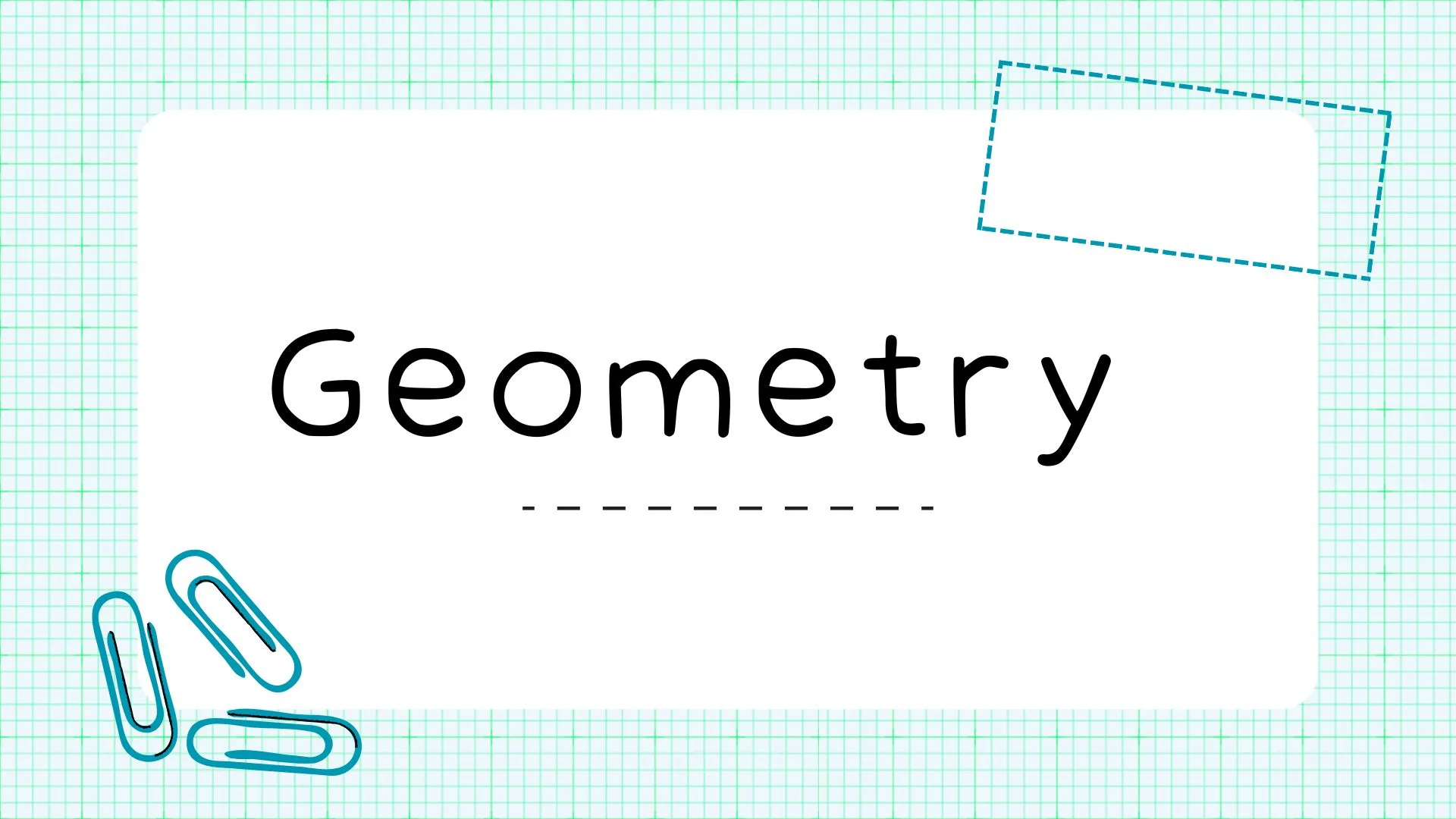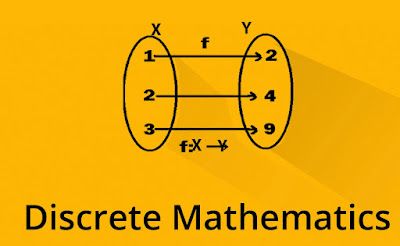Mathematics can be an intimidating subject for young learners, but when introduced through games, it becomes a joyful adventure. Math games are not only engaging but also build foundational skills like counting, addition, subtraction, and problem-solving. Here are some fun and effective math games designed to spark curiosity and make learning a delightful experience for little learners.
1. Counting Games
Counting is the first step in a child’s mathematical journey. Making it interactive can solidify their understanding and build confidence.
Hopscotch Numbers
- What You Need: Chalk and a flat surface.
- How to Play: Draw a hopscotch grid with numbers from 1 to 10 (or higher). Children hop on one foot while counting aloud. To add a twist, ask them to hop only on even or odd numbers.
- Why It Works: Combines physical activity with counting, making it memorable and fun.
Counting with Toys
- What You Need: Small toys or objects like blocks, cars, or beads.
- How to Play: Ask children to group toys in sets of 2, 5, or 10 and count them aloud. For more complexity, have them add or subtract groups.
- Why It Works: Uses familiar objects to make abstract concepts tangible.
2. Shape and Pattern Recognition
Understanding shapes and patterns is critical for spatial awareness and logical thinking.
Shape Scavenger Hunt
- What You Need: A list of shapes and everyday objects.
- How to Play: Provide a checklist of shapes (circle, square, triangle, etc.) and ask children to find objects in their surroundings that match each shape. For example, a clock for a circle or a book for a rectangle.
- Why It Works: Encourages observation and application of geometric concepts in real life.
Pattern Puzzles
- What You Need: Colored beads, paper cutouts, or building blocks.
- How to Play: Create a simple pattern (e.g., red-blue-red-blue) and ask children to continue it. Gradually increase the complexity by adding more colors or shapes.
- Why It Works: Builds sequencing skills and logical reasoning.
3. Addition and Subtraction Fun
Introducing addition and subtraction through games can make these operations less daunting and more enjoyable.
Dice Roll Race
- What You Need: A pair of dice and paper.
- How to Play: Players roll two dice, add the numbers, and write down the sum. The first to reach a target number (e.g., 50) wins. For subtraction, use the larger number rolled as the starting point and subtract the smaller one.
- Why It Works: Reinforces basic arithmetic while fostering a sense of competition.
Number Line Jump
- What You Need: A large number line drawn on the floor or printed on paper.
- How to Play: Call out an equation (e.g., 5 + 3) and have the child start at 5 and jump forward 3 spaces. For subtraction, they jump backward.
- Why It Works: Visualizes addition and subtraction, making it easier to grasp.
4. Multiplication and Division Basics
Even young learners can grasp the basics of multiplication and division through playful activities.
Multiplication Bingo
- What You Need: Bingo cards with products (e.g., 4, 8, 12) and a set of equations (e.g., 2×2, 2×4).
- How to Play: Call out equations, and children mark the corresponding product on their cards. The first to complete a row wins.
- Why It Works: Turns multiplication practice into an exciting game.
Equal Groups with Snacks
- What You Need: Small snacks like crackers or candies.
- How to Play: Pose a division problem, such as “Divide 12 crackers into 3 equal groups.” Children solve by physically dividing the snacks.
- Why It Works: Makes division concrete and relatable.
5. Games with Everyday Objects
Using items from around the house makes math accessible and practical.
Grocery Store Math
- What You Need: Play money, a shopping list, and items (real or pretend).
- How to Play: Set up a mini grocery store. Assign prices to items and give children a budget. They “shop” while practicing addition and subtraction.
- Why It Works: Teaches money management and arithmetic in a realistic context.
Clock Race
- What You Need: A clock with movable hands.
- How to Play: Call out times (e.g., “Show me 3:15”) and have children move the clock hands to the correct position. Add a timer for a competitive edge.
- Why It Works: Reinforces time-telling skills in an interactive way.
6. Digital Math Games
Incorporating technology can make math even more engaging for tech-savvy kids.
Recommended Apps and Websites
- Prodigy: A math-based adventure game that adapts to the child’s skill level.
- Khan Academy Kids: Offers interactive lessons and quizzes for various math topics.
- Monster Math: Combines storytelling with math challenges to keep children entertained.
7. Outdoor Math Adventures
Learning doesn’t have to be confined to the classroom or home.
Measure the World
- What You Need: A measuring tape or ruler.
- How to Play: Assign tasks like measuring the height of a plant or the length of a sidewalk. Children record their findings and compare measurements.
- Why It Works: Applies math to real-world scenarios, making it practical and exciting.
Math Relay
- What You Need: Flashcards with math problems.
- How to Play: Set up a relay race where children solve a math problem at each station before moving to the next. The first to finish wins.
- Why It Works: Combines physical activity with mental challenges.
Conclusion – Math Games
Math games are a fantastic way to make learning enjoyable and effective for little learners. By combining play with education, these games help children build confidence, improve problem-solving skills, and develop a lifelong love for math. Whether indoors, outdoors, or online, there’s a math game for every child and every occasion. So, roll the dice, draw the shapes, and let the fun begin—because math is more than numbers; it’s an adventure waiting to unfold!




